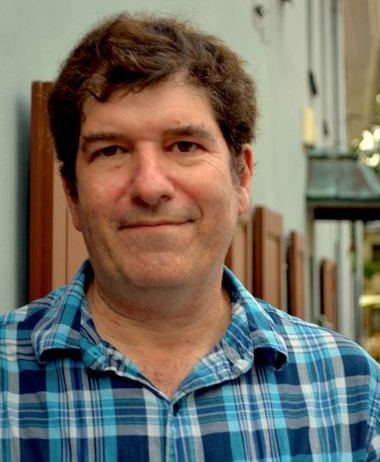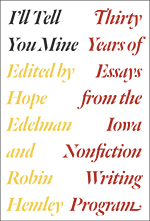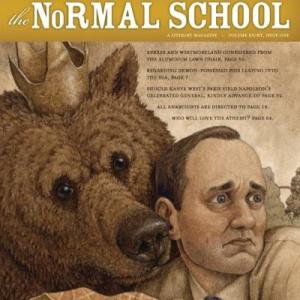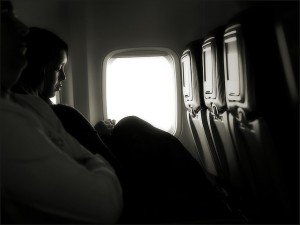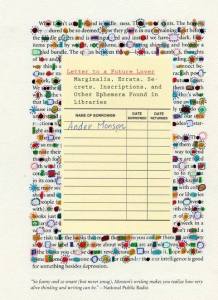by Natalie Rose
2014 was a landmark year for women. Musicians Nicki Minaj and Rihanna dominated the music charts, and Beyoncé’s self-titled feminist anthem continued to break records after its 2013 flash release.
Jennifer Lawrence, who plays Katniss Everdeen in The Hunger Games series, solidified herself as one of the biggest players in Hollywood as the third installment, Mockingjay, went on to shatter the one billion dollar mark in international box office sales.
Yes Means Yes, California’s campus sexual assault law, passed in the state legislature and dozens of women came forward to accuse two famous men, comedian Bill Cosby and radio host Jian Ghorneshi, breaking years of silence and shame.
Malala Yousafzai, the Pakistani teenager who was gunned down by the Taliban in 2012 for fighting for education for girls, was a co-recipient of the 2014 Nobel Peace Prize and named one of Time’s “100 Most Influential People in the World”. She was also named in 2013 and 2015.
And writer and social commentator Roxane Gay released her New York Times bestseller, Bad Feminist, which quickly became a manifesto of sorts for modern feminists. The book, a collection of essays compiled from the vast pool of Gay’s online writings, wrestles with issues ranging from race to gender to class to sexual violence to relationships to Miss America to Scrabble.
The book is masterful, both in content and arrangement. In a page, Gay goes from a partner-in-crime sort who dances to Blurred Lines, watches Girlfriends and drinks bottles of red wine on occasion, to a sharp-tongued critic of modern society. She does not hold back — Blurred Lines and many other songs by popular musicians portray demeaning messages about women that young people ingest regularly. Girlfriends is a rare gem of a show that represents characters whom America rarely dedicates airtime. The Feminist movement, despite arguments to the contrary by white feminists (see: Erica Jong), has historically not been inclusive to minorities or members of the Queer community. Yet Gay does all this without isolating her readership. On the contrary — when reading the book, you feel as if you’re sharing a bottle of wine with Gay rather than standing below her pulpit.
Gay is the oldest of three children, the only daughter of Haitian immigrants who settled in Nebraska before she was born. As a child, she was quiet and aloof, so she turned to books such as Nancy Drew and Sweet Valley High to curb her loneliness. For college, she headed northeast to Yale. At 19 flew to San Francisco without telling a soul to meet a 44-year-old man she befriended via the Internet. Together, they moved to Arizona. It’s still unclear what she did in the Arizona desert for over a year, but her parents eventually found her and she headed back to Nebraska to continue school.
As an adolescent, Gay was gang-raped by a boy she thought was her boyfriend and a group of his friends. Silent about the issue for years, Gay started writing disturbing narratives about sexual violence while attending boarding school at Exeter. A teacher recognized her talent, but also that she was dealing with deep-seated emotional trauma. He urged her to seek counseling. In 2014, Gay spoke with Kira Cochrane of The Guardian saying,
I like to joke about it, but I do think [the counseling] helped me not to end up dead, one way or another. I don’t have suicidal instincts, but I do think I was putting myself in dangerous situations, just because I had a lack of self-regard. I was going to Boston on the weekends, going to bad parts of town, and not telling anybody where I was, because I just thought, ‘Whatever happens, happens.’ It had already happened.
Gay went on to receive her doctorate and is now an associate professor of English at Purdue University. She is a prolific writer, and her work has appeared in The New York Times, The Guardian, The Rumpus, Salon.com, Jezebel and many other outlets. Bad Feminist is her third book, her second of 2014 (she also published a novel about a kidnapping in Haiti entitled An Untamed State earlier in 2014). Her memoir, Hunger, will be published in 2016.
Gay has said she struggles with the “feminist” label, but is a self-proclaimed “bad feminist”. She told a TED Talk audience in 2015, “You don’t want to be that rebel woman, until you realize that you very much are that woman, and cannot imagine being anyone else. As I got older, I began to accept that I am, indeed, a feminist, and a proud one”.
Gay has had her differences with the mainstream feminism, arguing the movement is not as inclusive as it should be of minority women. Again at TED, Gay stated,
When we talk about the needs of women, we have to consider the other identities we inhabit. We are not just women. We are people with different bodies, gender expressions, faiths, sexualities, class backgrounds, abilities, and so much more. We need to take into account these differences and how they affect us, as much as we account for what we have in common. Without this kind of inclusion, our feminism is nothing.
Gay’s observations have connected with her readership, but have aggravated some well-known mastheads of the feminist movement, including Erica Jong. At the Decatur book festival in Georgia this fall, Jong, a leader in what is known as second-wave feminism popular in the seventies, had a few tense moments as Gay pointed out that feminist history has traditionally excluded minorities. Jong’s response to Gay’s observation was, “Are you talking about me?”
“No,” was all Gay replied.
For Gay, writing is a way to find her place in the world, and to make sure others like her have a place to see stories they identify with. She writes about the things that make her happy (Scrabble) and also the things that don’t exactly match up with her feminist leanings (enjoying demeaning Kayne West songs). “I am a mess of contradictions,” she told NPR in 2014, but the contradictions are what make Gay likeable. She told Lambda Literary, “I think that if we cannot be flawed in non-fiction then we have very little to hope for.”
Roxane Gay will be the keynote speaker at NonfictioNOW 2015, held in Flagstaff, Arizona October 28-31.
Natalie Rose is a writer and documentarian working towards her MFA in creative writing at Northern Arizona University. She is a self-proclaimed bad feminist.

